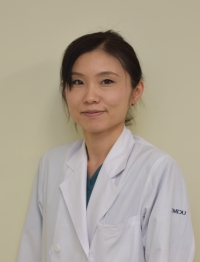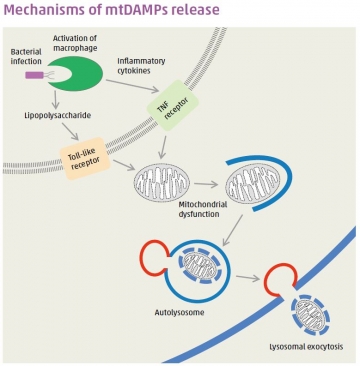Learning from the deceased to help the living

Kana Unuma,
Junior Associate Professor of Forensic Medicine at TMDU
Forensic medicine is an academic discipline in which doctors learn by studying deceased people and make use of the new knowledge for living patients. After completing medical and clinical training, I started my career as a forensic pathologist and received my PhD in 2010. After I became an assistant professor at TMDU, I began to research sepsis. Sepsis is a state of severe systemic inflammatory response that can progress to multi-organ dysfunction. Although there are many autopsy cases in which sepsis is suspected, their pathophysiology is complicated and it is often diffi cult to diagnose sepsis. It has recently been reported that there is an increase in mitochondria-derived damage associated molecular patterns (mtDAMPs) molecules in the plasma of sepsis patients and in sepsis animal models. Also, mtDAMPs have been shown to be correlated with the severity of sepsis. However, the mechanism of mtDAMPs release has not been elucidated. In this regard, we showed that lipopolysaccharide stimulation of primary hepatocytes resulted in active extracellular release of mtDAMPs through the exocytosis of autolysosomes (Autophagy, doi: 10.1080/15548627.2015.1063765). We also found that inhibition of the autophagy process attenuated mtDAMPs release from the cells. These data demonstrated an active role for autophagy in the secretion of cellular proteins from cells during sepsis and provided important insights into the mechanism of sepsis-induced mtDAMPs release. The number of autopsies examined totaled around 30 to 40 cases per year in 2010, but that increased to nearly 200 cases in 2016. Facing many complex forensic cases, I often feel myself stretching into new areas and I study every day to keep up with developments in my field. I want to manage a variety of cases, respond to social demands, think about new forensic education, and pursue fulfilling research.


